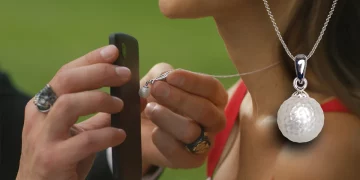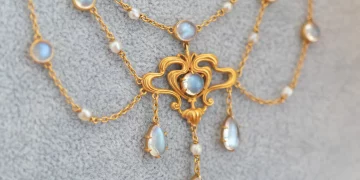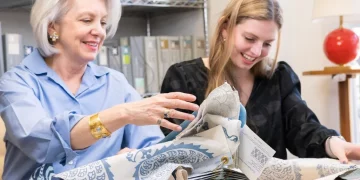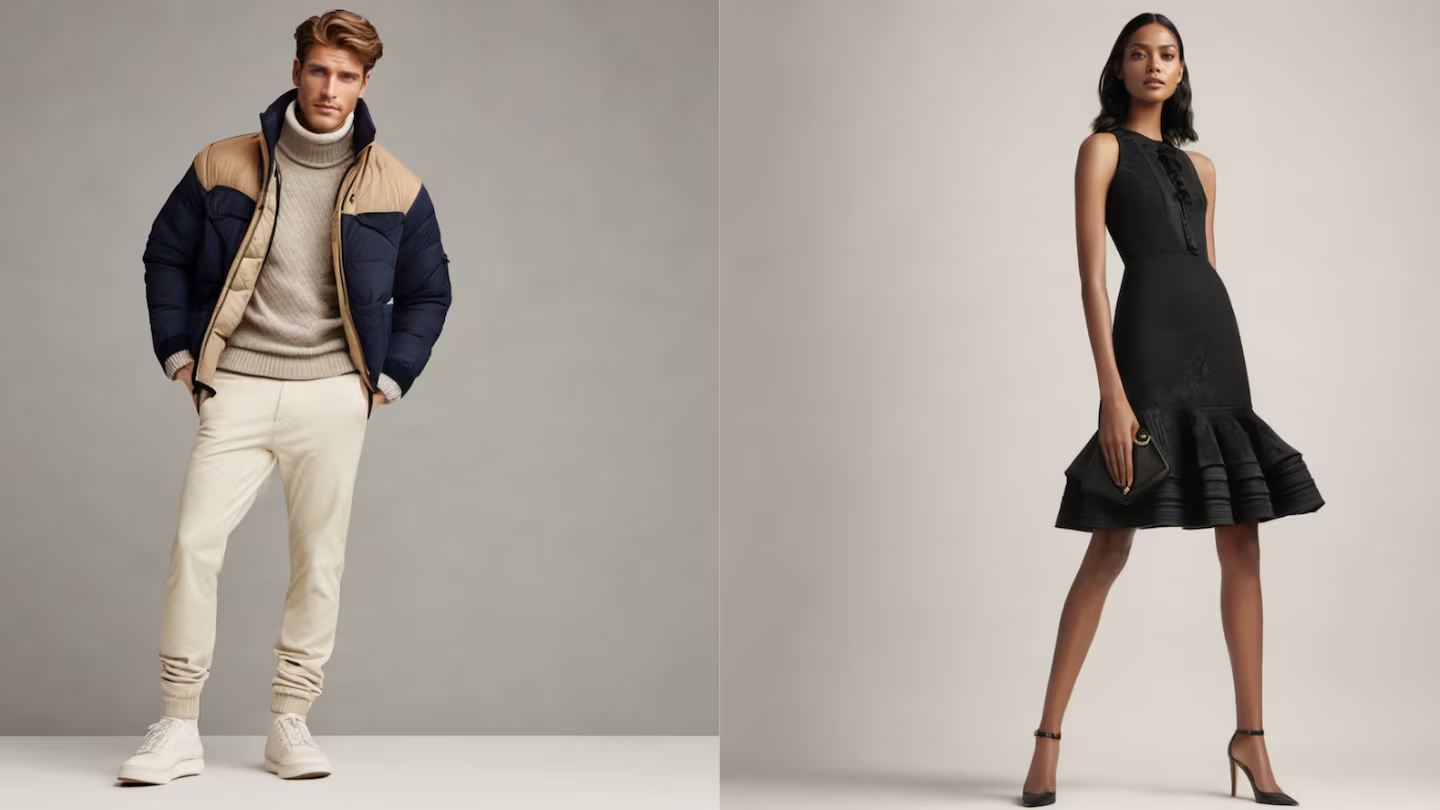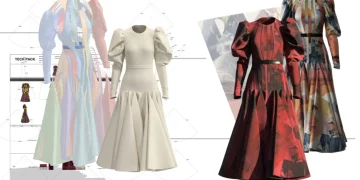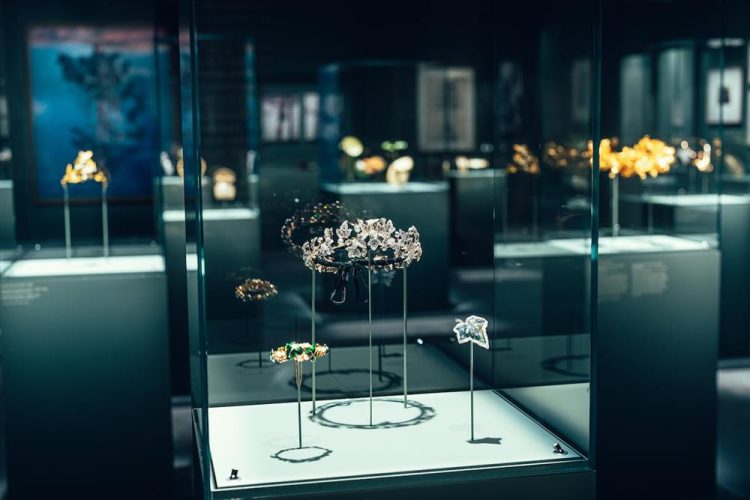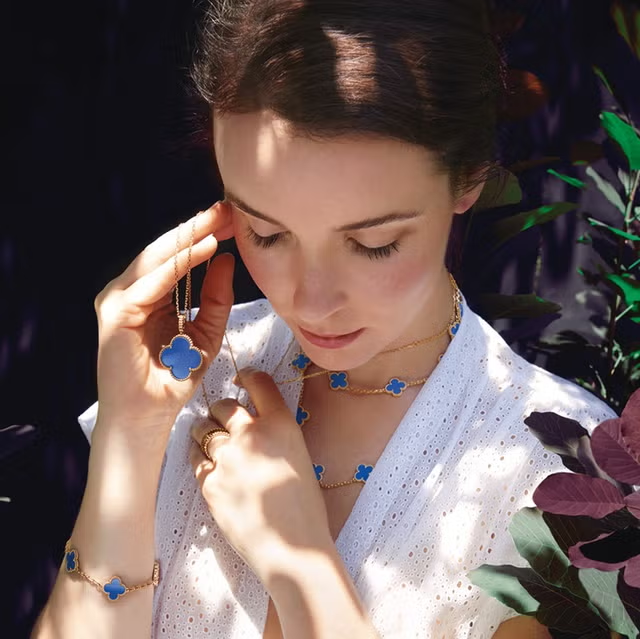Abstract
In the luxury jewelry industry, where craftsmanship, exclusivity, and heritage play crucial roles, the ability to tell a compelling brand story is vital for standing out in a competitive market. Jewelry exhibitions, whether physical or virtual, serve as immersive platforms not only to display exquisite pieces but also to communicate the unique narrative behind each brand. A well-executed exhibition goes beyond showcasing products—it creates an experience that resonates emotionally with potential buyers, enticing them to connect with the brand and make purchases. This article explores how jewelry exhibitions use storytelling to enhance brand visibility, engage potential buyers, and create memorable experiences. It examines key strategies such as immersive design, visual storytelling, interactive elements, and personalized experiences, and how these approaches can drive consumer interest, loyalty, and ultimately, sales.
1. Introduction
Jewelry is often more than just a product; it is a representation of values, heritage, and artistry. For luxury jewelry brands, the pieces they create are expressions of their legacy, philosophy, and craftsmanship. To engage modern consumers—especially those in the high-end market—a compelling narrative is crucial. In an increasingly competitive landscape, brands that fail to differentiate themselves beyond their products struggle to capture and retain the attention of potential buyers.
Jewelry exhibitions, whether held in iconic venues such as Baselworld or the Couture Jewelry Show, or hosted in digital spaces, offer brands the unique opportunity to present their jewelry within a broader story. These exhibitions are not just about showcasing pieces; they are about creating an environment where consumers can emotionally connect with the brand’s ethos and history. By weaving together the brand’s narrative with its physical creations, jewelry exhibitions can significantly enhance the brand’s visibility, engage potential buyers, and drive conversions.
This article explores the strategies and techniques that jewelry brands use during exhibitions to tell their stories effectively and attract more potential buyers. We will discuss how design, interactive experiences, sensory elements, and personalized services create an immersive atmosphere that deepens consumer connections and elevates the brand experience.
2. The Power of Storytelling in the Jewelry Industry
2.1 Why Brand Stories Matter
In a world where consumers are inundated with choices, brand stories help create a sense of authenticity and emotional connection. Luxury buyers are not simply purchasing an object; they are investing in a piece of artistry and history. A compelling story gives a brand purpose and meaning, turning a product into something far more valuable. Jewelry exhibitions provide the perfect stage for brands to convey their narrative in a visual and emotional manner.
- Emotional Engagement: A well-told story makes the brand more relatable and helps potential buyers connect with the jewelry on a deeper level. Whether it’s the story of how a designer’s personal experiences shape their collections or how a piece was inspired by cultural heritage, the narrative enhances the emotional appeal of the product.
- Brand Differentiation: In a saturated market, where many luxury jewelry pieces look similar at first glance, a compelling backstory sets a brand apart. It speaks to the brand’s values, the craftsmanship involved, and the inspiration behind each design. The narrative can transform a simple piece of jewelry into a symbol of luxury, artistry, and exclusivity.
- Creating Loyalty: Buyers who connect with a brand’s story are more likely to become loyal customers. They feel as though they are purchasing not just a product but a part of the brand’s legacy. This deep emotional connection increases brand loyalty and fosters long-term relationships with consumers.
3. How Jewelry Exhibitions Use Design to Tell a Brand’s Story
3.1 Booth Design as Storytelling
The booth or exhibition space design plays a crucial role in conveying a brand’s story. Every element, from layout to materials, should work together to communicate the brand’s narrative. Jewelry exhibitions are not just about displaying pieces—they are about creating an immersive world that reflects the brand’s ethos, values, and aesthetic.
- Immersive Themes and Environments: Top-tier jewelry brands create exhibition spaces that reflect the themes and inspirations behind their collections. For example, a brand known for its nature-inspired designs may opt for a booth with elements of greenery, natural textures, and soft lighting, evoking a serene, organic atmosphere. Meanwhile, a brand with a rich historical background might opt for an exhibition design that mirrors its heritage, using vintage furniture, ornate display cases, and old-world charm to evoke a sense of tradition.
- Branding Through Aesthetic Choices: Every design choice in the booth—from colors to textures—should align with the brand’s identity. Minimalist brands may use sleek, modern lines and neutral colors, while more opulent brands might incorporate luxurious materials such as velvet, gold, or marble to reinforce the perception of exclusivity and luxury.
- Visual Storytelling: Incorporating elements like photographs, videos, and digital projections can help bring a brand’s story to life. For example, a short film about the craftsmanship behind the jewelry pieces can be shown on a large screen or projected onto the walls of the booth, allowing visitors to see the story unfold in front of them.
3.2 Lighting: Enhancing the Narrative
Lighting plays a pivotal role in how jewelry is perceived and can be used strategically to enhance the brand’s narrative. Lighting doesn’t just highlight the pieces—it can set the tone, create ambiance, and deepen the storytelling experience.
- Dramatic Lighting Effects: Brands may use spotlights or focused lighting to highlight the most important or iconic pieces, drawing attention to their craftsmanship. Similarly, soft, ambient lighting can create a calming atmosphere that reflects the brand’s philosophy, whether it’s tranquility, nature, or elegance.
- Color as Storytelling: Color temperature and intensity are often chosen to complement the brand’s identity. Warm, golden lighting may be used to reflect luxury and warmth, while cooler tones could communicate a modern, sophisticated feel. Lighting can also be used to create contrast, highlighting certain details in the jewelry and evoking different emotional responses.
4. Interactive and Immersive Experiences
4.1 The Role of Technology in Bringing the Story to Life
As technology continues to evolve, many jewelry brands are incorporating interactive and digital elements into their exhibitions to enhance the consumer experience and help tell their brand stories in new ways.
- Virtual Reality (VR) and Augmented Reality (AR): Some high-end brands have integrated VR and AR experiences that allow consumers to virtually try on jewelry, explore design processes, or visualize how pieces would look in various settings. These interactive experiences help visitors engage with the brand in a more personal and immersive way.
- Digital Storytelling: Instead of relying solely on brochures or static display cases, brands are increasingly turning to digital platforms to tell their stories. Interactive screens, touchpoints, or apps can guide visitors through a multi-sensory experience, showing them the inspiration behind the pieces, the artisanship involved, and the history of the brand.
- Live Demonstrations: Hosting live demonstrations of jewelry-making, such as watching an artisan craft a piece in real time, can powerfully communicate a brand’s commitment to quality and artistry. These hands-on demonstrations allow visitors to see and experience the brand’s process up close, deepening their appreciation for the work involved.
4.2 Personalizing the Consumer Experience
Personalization is a powerful tool in luxury markets, and jewelry exhibitions that offer tailored experiences have a significant advantage in engaging potential buyers.
- Custom Jewelry Experiences: Offering a personalized consultation where visitors can design or customize their own jewelry piece is a highly effective way to attract potential buyers. It allows consumers to feel more connected to the brand and the product, while also providing a sense of exclusivity and ownership.
- Private Viewings and Invitations: Many luxury brands host exclusive private viewings or invite high-net-worth individuals for personalized tours of their booths. These exclusive experiences make visitors feel special and deepen their emotional investment in the brand’s story.
- Concierge Services: High-end jewelry exhibitions often provide one-on-one concierge services, where buyers can receive personalized recommendations based on their preferences, lifestyle, and style. This level of attention fosters a deeper relationship between the consumer and the brand.
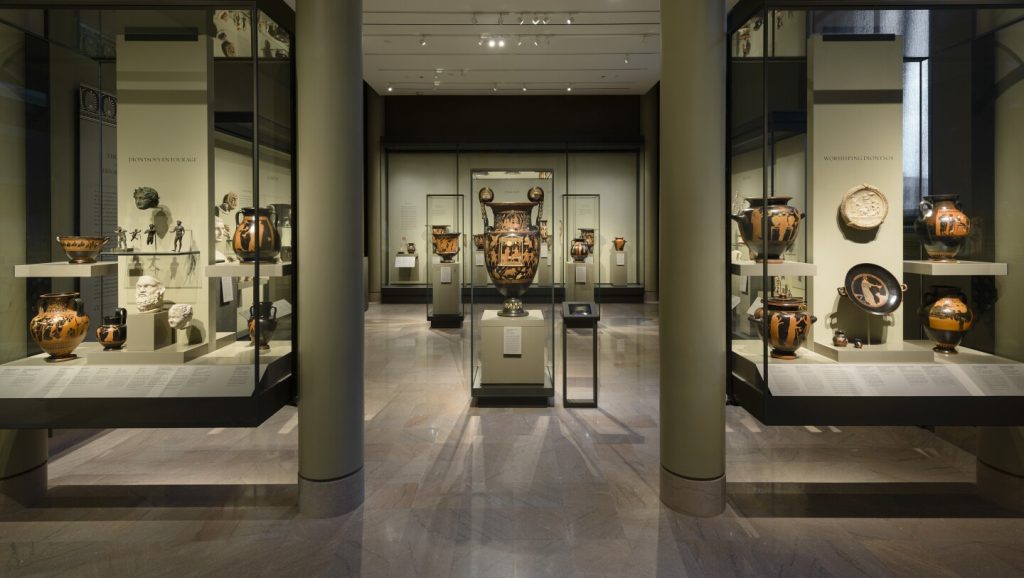
5. Creating Lasting Impressions: Sensory and Emotional Engagement
5.1 The Sensory Appeal of Jewelry Exhibitions
Jewelry, by its nature, appeals to the senses. Visitors not only see the pieces but may also feel the weight of the materials, hear the sound of a necklace as it is draped over a display, or touch the smooth surface of a polished gemstone. This multi-sensory engagement deepens the emotional connection and makes the brand experience more memorable.
- Tactile Interactions: Many jewelry exhibitions offer opportunities to touch or try on the jewelry, helping consumers form a connection with the pieces. The tactile experience can communicate quality, craftsmanship, and luxury in a way that no digital or virtual experience can replicate.
- Music and Sound Design: The atmosphere at a jewelry exhibition is often enhanced by carefully selected music, which can evoke specific emotions. For example, soft classical music may be played in the background to create a sophisticated and elegant ambiance, while more contemporary tunes may be used to appeal to a younger audience.
- Scent: Some brands even incorporate scent into their exhibitions to enhance the sensory experience. A signature fragrance associated with the brand can be subtly infused into the space, evoking a sense of luxury and adding another layer of engagement to the consumer experience.
6. Conclusion
Jewelry exhibitions serve as much more than platforms for showcasing products—they are immersive storytelling environments where brands can communicate their values, heritage, and craftsmanship. By strategically using design, lighting, technology, and personalization, brands can effectively present their stories, attract potential buyers, and create memorable experiences that resonate with consumers on a deeper level.
A compelling brand story has the power to emotionally engage potential buyers, build brand loyalty, and ultimately drive sales. Jewelry exhibitions that understand the importance of storytelling—through visual aesthetics, interactive elements, and personalized services—can create environments that captivate, educate, and inspire, leading to stronger consumer connections and increased market success.
As the jewelry industry continues to evolve, those brands that successfully leverage storytelling at exhibitions will be well-positioned to stand out in a crowded market, turning fleeting moments into lasting impressions and one-time visitors into loyal customers.




